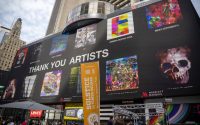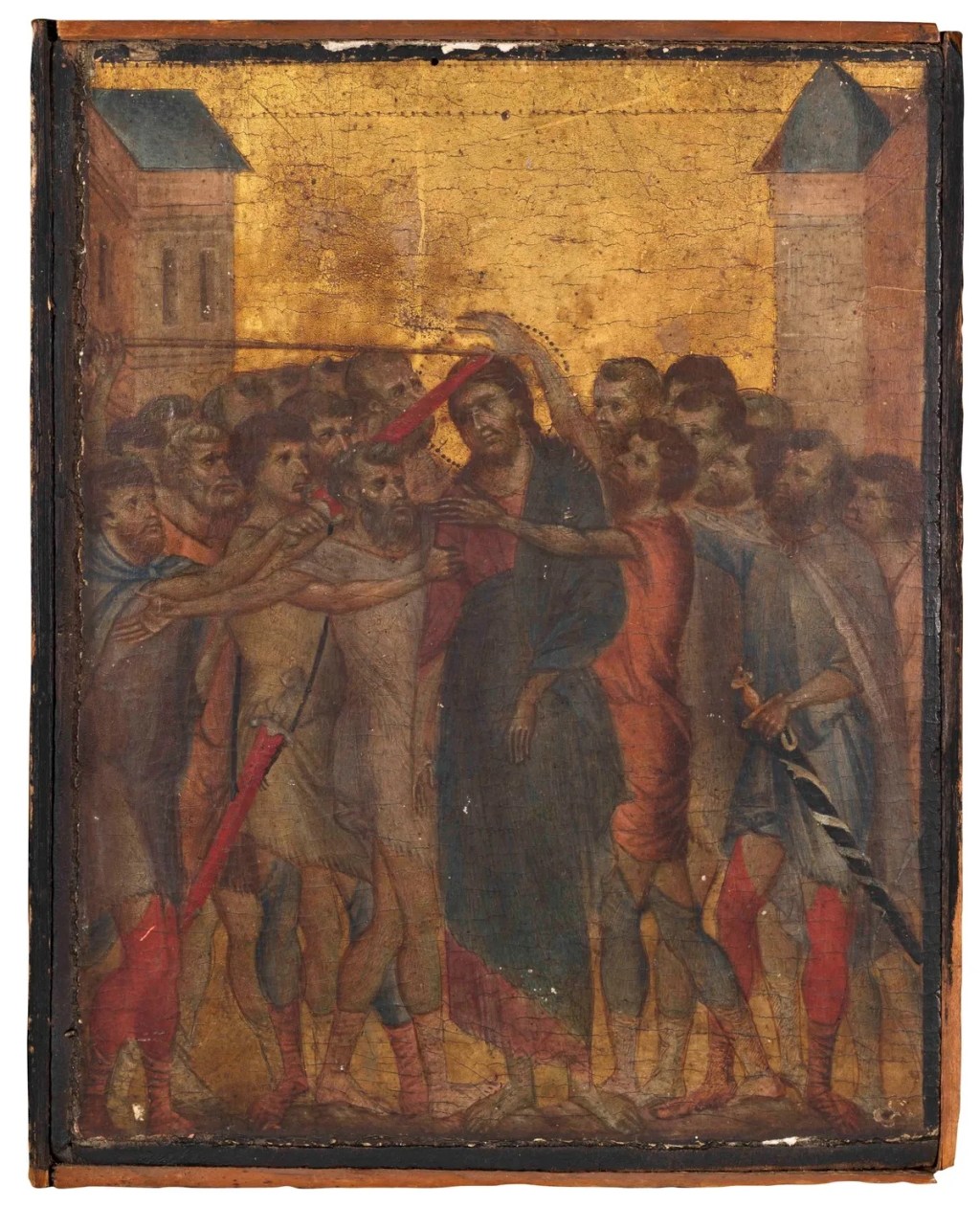UNESCO Says Violations of Artistic Freedom Are on the Rise
In a newly released publication, UNESCO warned that violations of artistic freedom are on the rise, reporting that more and more artists are being imprisoned, and in some cases even killed, because of their work.
The publication, titled Defending Creative Voices, features data from Freemuse (an NGO dedicated to artistic freedom that consults UNESCO). The data found over 1,200 violations of artistic freedom in 2021, ranging from censure of artworks to attacks on artists themselves, with 39 artists losing their lives and 119 imprisoned.
As conflict rages in Ukraine, Iraq, and Yemen, UNESCO said that more protections should be put in place to protect artists, using similar tactics that world organizations have used to help journalists who face similar kinds of persecution.
“The safety of journalists in emergencies has received significant attention over past decades, resulting in the establishment of a strong body of international, regional and national law and policy in this field,” the report reads. “Artists and cultural professionals lack the same opportunities and safety nets of protection, despite facing many of the same threats to their safety and livelihoods that journalists endure.”
Those strategies include robust monitoring of artistic freedom in crisis contexts that explicitly recognizes artists as a vulnerable group. The report points out that the precarity that typically defines an artist’s life—such as a lack of steady employment or renumeration, a lack of insurance and pensions, and obstacles to collective negotiation––also serves to make them even more vulnerable when emergency situations arise.
The report also suggests collaborative programs be put in place to ensure the safety of artists, including ones that assist artists in exile and matching artists with residencies abroad, as well as the protection of artworks and cultural spaces.
Journalists have been helped by trained judicial actors. UNESCO said judicial actors would also help artists, ultimately leading to better frameworks for creative and free speech.
UNESCO has established a $1 million fund from the UNESCO-Aschberg Programme to fund projects across the globe. Money flowing to governments in countries in Latin America and Africa will be used to develop new laws and policies that better enshrine and protect artistic freedom while funding to NGOs will be used to support training programs, advocacy, and monitoring and research focused on violations of artistic freedom.
While most of these initiatives may bring to mind protections and crimes that occur in the physical world, the UNESCO report commented extensively on how the digital sphere leads to surveillance and censorship. A 2021 Freemuse report found that one of three cases of artists being arrested, prosecuted, and sentenced was due to online activity. Digital surveillance is just one part of the problem. Harassment and trolling of artists, especially female artists, is a growing issue that is often difficult to address in a court setting, as is the censorship and self-censorship that arises from vague community guidelines on social media.
These guidelines are enforced by algorithms, which cannot judge what is art and what is a violation of guidelines, and weaponized by artists’ detractors.
There is a “‘censorship by popular opinion’ that is created by the flagging of content by peer users,” which can “lead to certain types of artistic expression being disproportionately impacted,” the UNESCO report states, referring to work that challenges traditional views and art created by female and LGBTQ artists. “As a result, artists may refrain from making certain content available online, and audiences may lack access to certain types of expression.”



